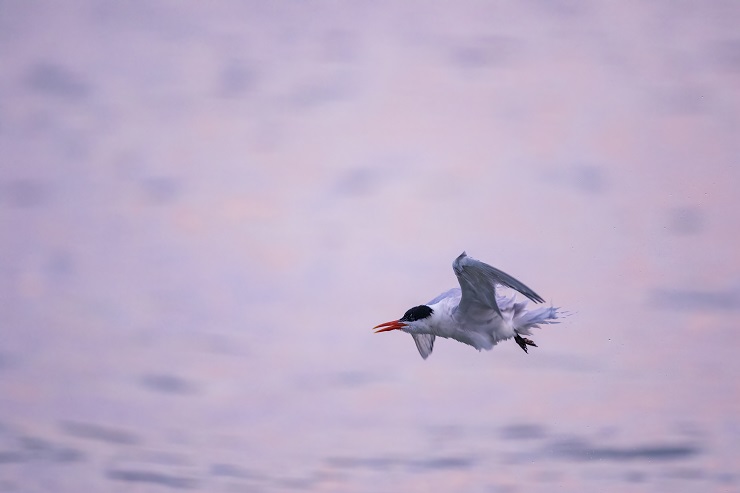
It may seem like an unnecessary alliteration but I’m referring to an actual Bloody Bay – one of Tobago’s many picturesque, idyllic bays on its leeward coast. There are of course various Bloody Bays spread across the Caribbean as the region does have a history in which bloodshed features heavily.
This particular Bloody Bay is the last easily accessible bay one encounters when traversing the endless twists and turns of the thankfully well-paved Northside Road. Heading toward the rugged northeast of the island, the road carves a delicate path along a steep precipice where rainforest plummets into the ocean. The bay itself is fairly large and sheltered from the elements, and one of the larger rivers draining the Main Ridge Forest Reserve empties into the bay on the northern end. The confluence of fresh and salt water creates a small, nutrient-rich hideaway that is used by various species of fish as a nursery. This in turn makes for excellent fishing opportunities. Fabulous news for those who fish, and even better news for me as a person who enjoys seeing those who fish. Specifically birds.
It is difficult to notice anything else when there is a flurry of activity – and this is precisely what happened when we arrived at Bloody Bay at dawn. On the sand at the northernmost end of the bay there was a small gathering of about a dozen Laughing Gulls and a few Royal Terns. As it got a little brighter, the terns took flight and began hunting in the shallows. The gulls, opportunistic as ever, sat in place. They seemed to be waiting to capitalize on any bungled attempts to snag a fish by some juvenile Brown Pelicans.

Royal Tern
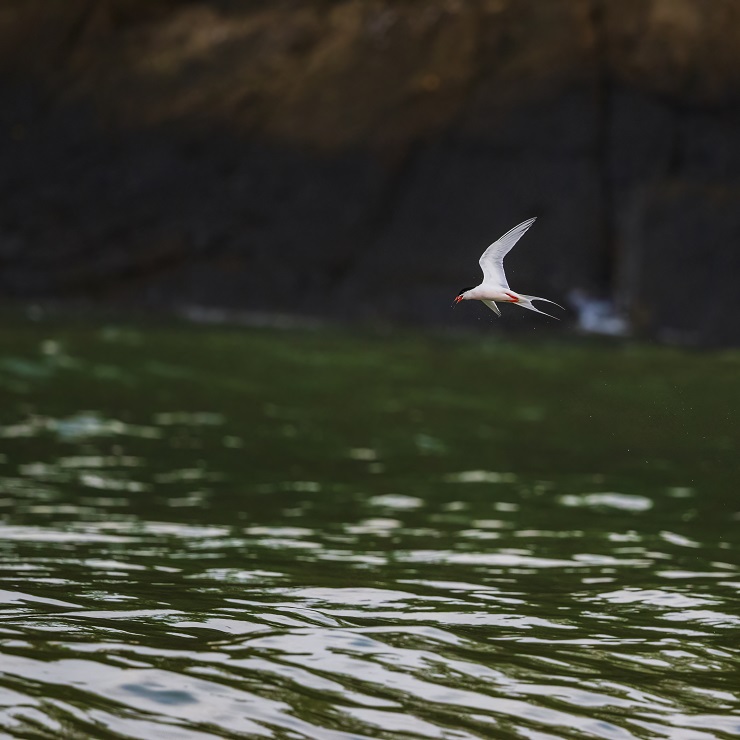
There was a pair of smaller terns also plunge-diving with the Royal Terns – I had to look carefully to note that they were Roseate Terns.
I have always enjoyed this delicate tern, for its variation in plumage, bill colour as well as the subtle pink wash on its breast and underbelly. I firmly believe that they are one of the more attractive species of tern. There is something about that jet black cap against the stark white plumage, those pointed wings and deeply forked tail that draws me in every time.
Observing them hunt was almost as thrilling as being on the mission myself. Oftentimes they would disappear completely underwater, and I’d anxiously await their reappearance. Once they touched the water, most times they were successful. If the probability of success was too low, they’d abort the dive and try somewhere else.
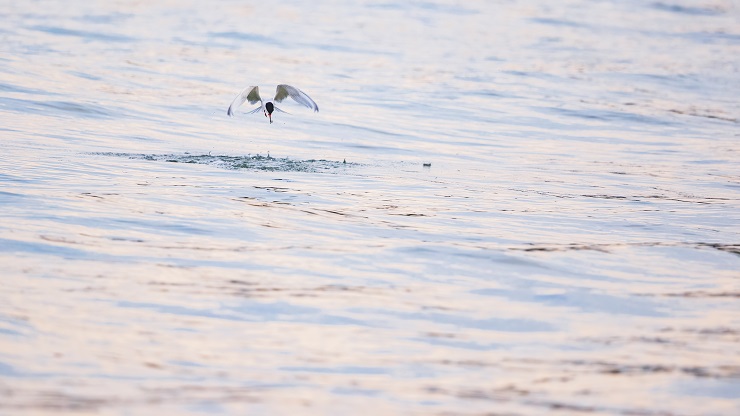
A Roseate Tern emerges after spoiling the day of some unsuspecting fish.
Walking up the river a bit led to a small colony of Yellow-crowned Night-Herons, while Green Herons prowled the riverbank.
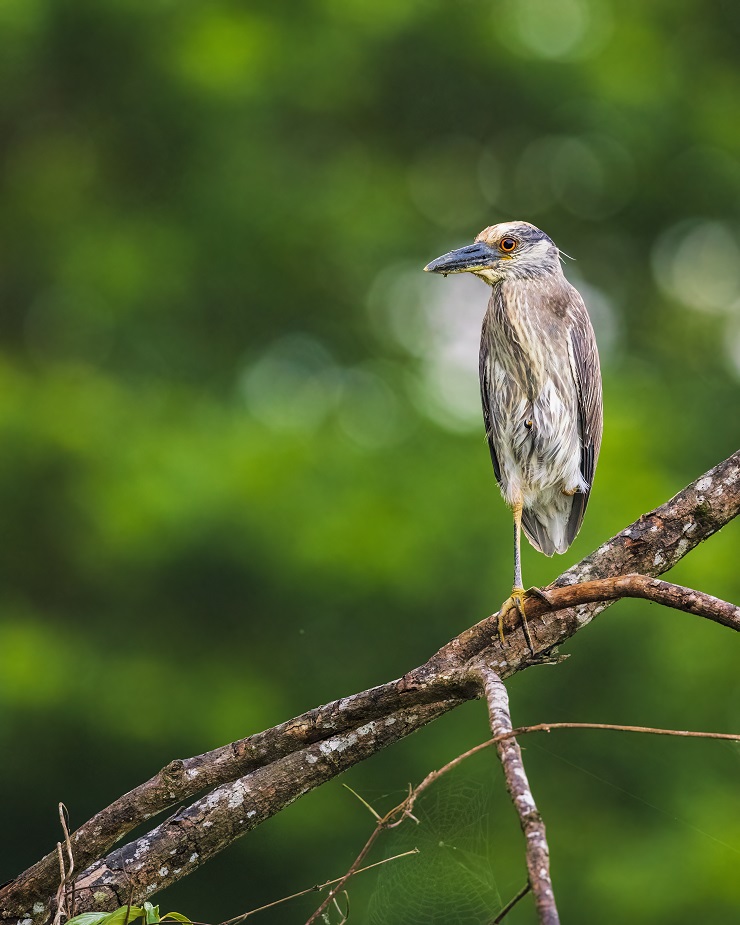
Yellow-crowned Night-Heron gradually easing into adulthood.
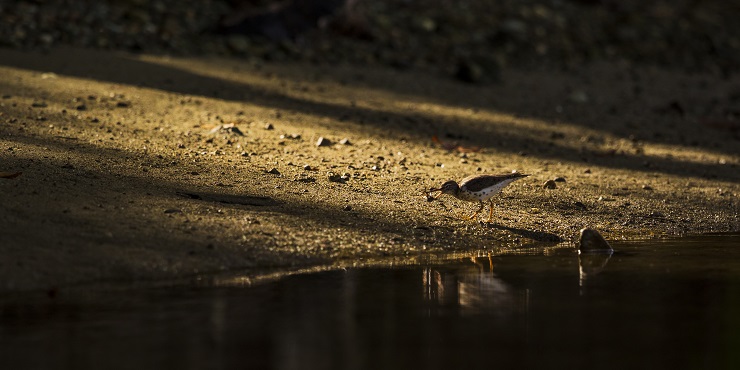
Surprisingly, it wasn’t a night-heron we saw bludgeoning a crab to oblivion. It was a Spotted Sandpiper piling on the nutrients required for its impending northward migration.
The most interesting bird we saw that morning was one that my wife pointed out as a Tricolored Heron but I felt it was a Little Blue Heron. I was looking at its head and neck through binoculars at the time, and I was certain. When it stepped out into the open, however, I had second thoughts.
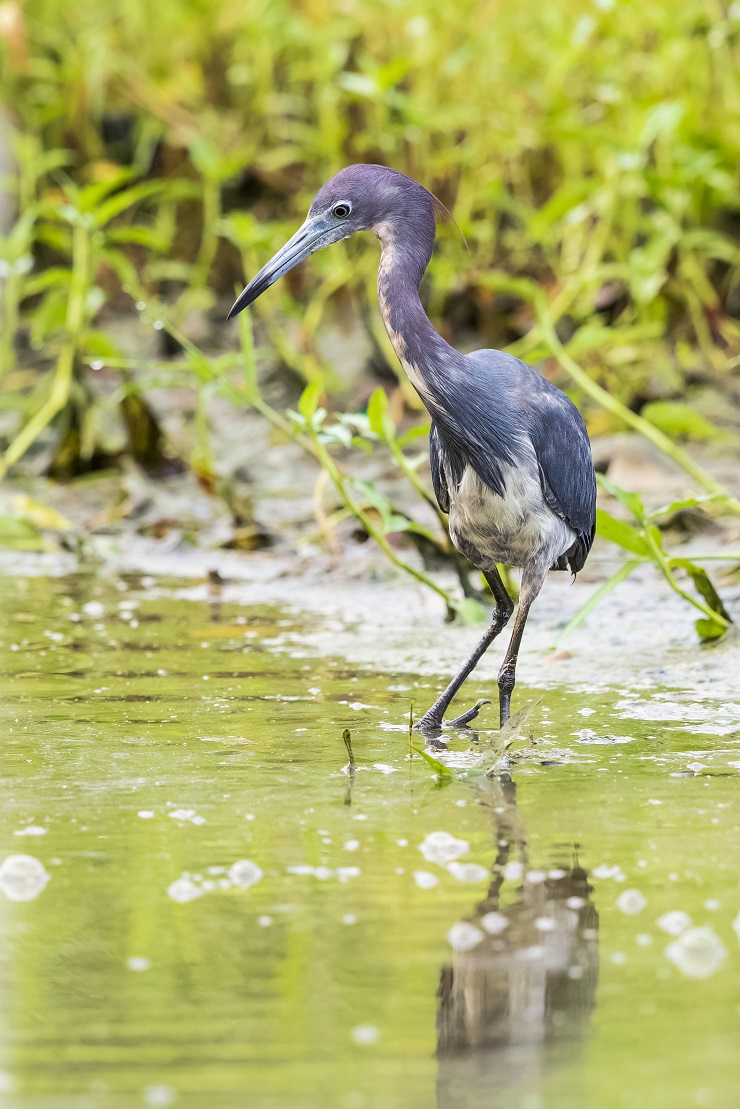
Perhaps we were both correct on the ID? I’m thinking Little Blue x Tricolored Heron. What do you think?
The northern bank of the river is where the forest begins, we did not venture much further but did manage to see a Spectacled Thrush with a mouthful of worms and a Chivi Vireo that was buzzing a Trinidad Motmot perched low down. The vireo likely had a nest and was acutely aware of the motmot’s taste for baby bird.
It has been a long time since I’ve fallen in love with a single location, but I believe that’s precisely what happened here.


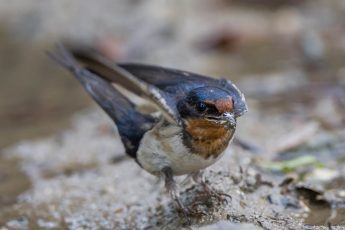
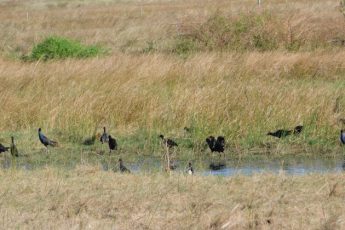
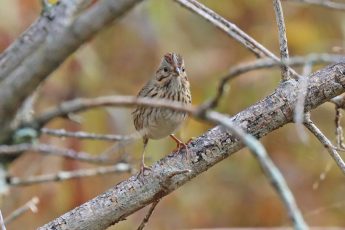

 New writers welcome – please contact us for details.
New writers welcome – please contact us for details.

















Leave a Comment